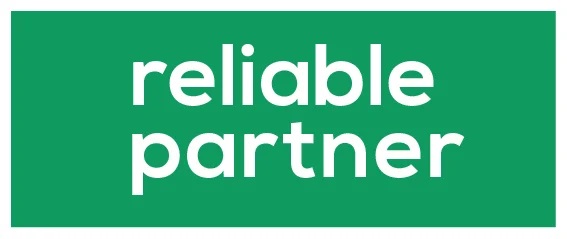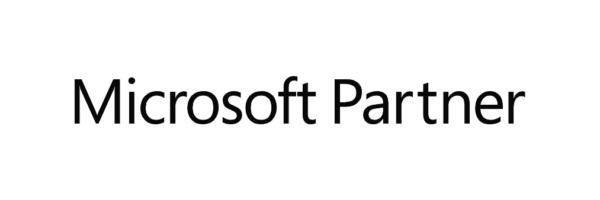Darwin Information Typing Architecture (DITA)
Introduction to DITA: Structured and Reusable Technical Documentation
Darwin Information Typing Architecture (DITA) is an XML-based open standard designed specifically for modular and reusable technical documentation. It is being developed by the DITA Technical Committee of the OASIS organization. DITA aims to improve content management, distribution, and maintenance, especially in complex and large documentation environments.
What is DITA?
DITA is based on three key principles:
Information Typing: Content is divided into types, such as “task”, “concept”, and “reference”, which clarifies the purpose and structure of the content.
Architecture: DITA provides a flexible architecture that supports modularity and reuse of content in different contexts.
Key components of DITA
DITA documentation consists of two main elements:
Topic: A self-contained content module that covers a single topic. Topics can be of types such as tasks, concepts, or references.
Map: A structure that combines multiple topic modules into a logical whole, defining the order and hierarchy of the document.
This structure enables efficient reuse of content and makes documentation maintenance easier.
Benefits of DITA
Reusability: Content modules can be used in multiple documents without copying.
Separating content from presentation: Content is written separately from its presentation, which allows for publication in different formats, such as HTML, PDF, or mobile apps.
Targeted content management: DITA supports content profiling and filtering, enabling, for example, content management targeted at different user groups.
Extensive tool support: There are several tools available for DITA, such as the DITA Open Toolkit and Oxygen XML Editor, that support content creation and publishing.
DITA vs. DocBook
Although both DITA and DocBook are XML-based documentation standards, they have differences:
Structure: DocBook is designed for creating traditional books and documents, while DITA focuses on modular, topic-based content.
Extensibility: DITA provides a more flexible specialization mechanism that allows for the definition of new content types.
Reusability: DITA's architecture supports more efficient reuse of content in different contexts.
Summary
DITA offers an efficient and flexible way to manage technical documentation, especially in environments where there is a lot of content and it needs to be published in multiple formats. Its modular structure, support for reusability, and extensive tool ecology make it an attractive option for many organizations.
More information about DITA and its use can be found, for example, on the official OASIS website.



